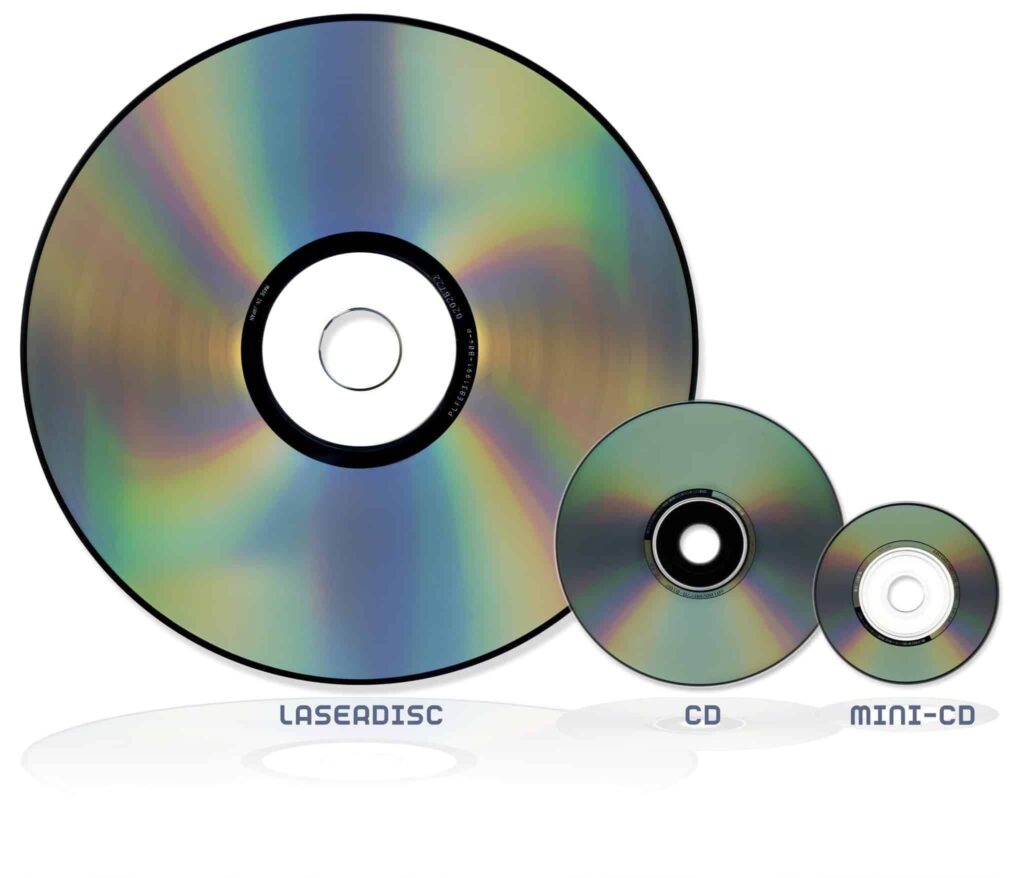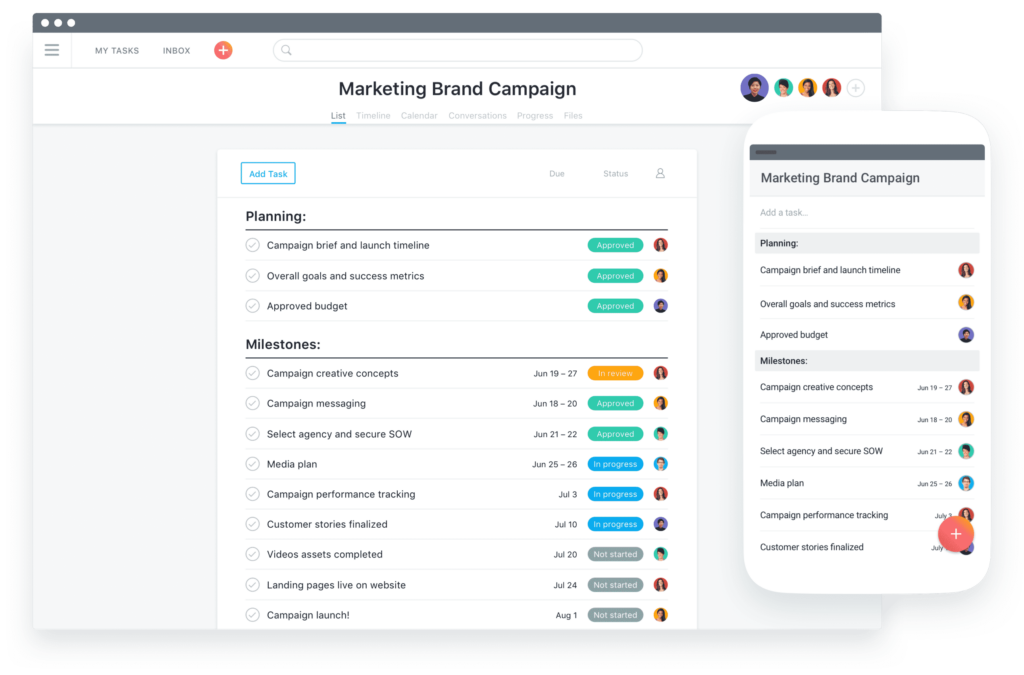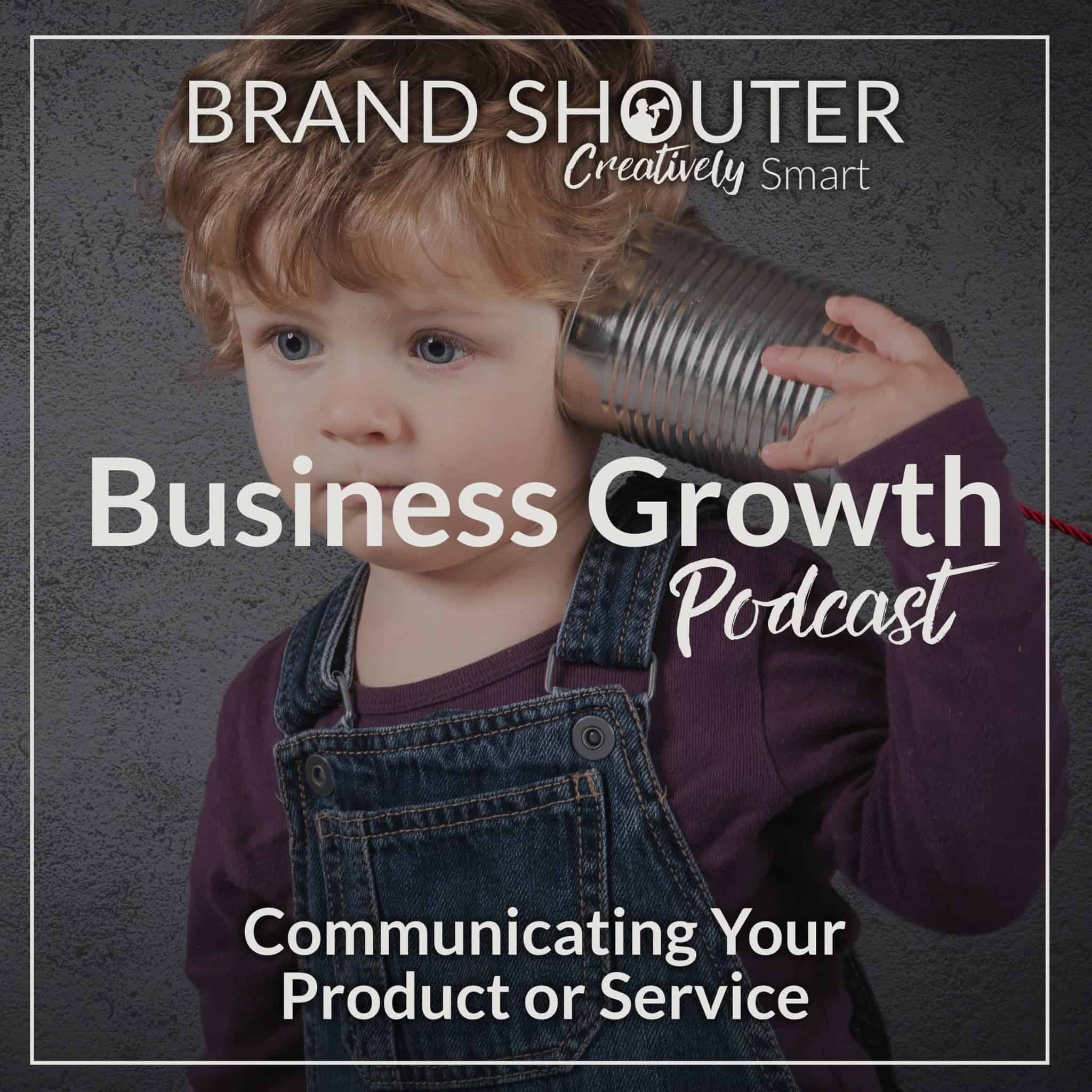Having a great product or providing an indispensable service is important when it comes to communicating your product or service. History is littered with failed products and services that were amazing, however. What’s the missing piece in this equation? Communication. Communicating your brand to your potential clients; communicating your strategy with your employees; being honest and communicating with yourself: these are all important pieces in ensuring your stellar product or service succeeds. In this article, I take a deeper look into what makes great businesses work and why many great ideas fall aside.
Examples of Communication Breakdowns
Breakdowns in communicating your product or service will occur, and when they do they have the potential to cause minor irritation or large-scale chaos. In the example that follows, only minor irritation was felt, but it was completely avoidable.
Wapiti works as an outsourced digital marketing partner to a few different agencies. On one occasion, an agency I had been working with proposed a timeline to a client that was far too quick of a turnaround for the project. Afterward, that expectation was communicated to my team as their outsourced partner. I had to put the breaks on the project and said, “Hey guys, this isn't going to happen,” leading to multiple levels of frustration all around.
The problem was double-sided: not properly communicating expectations on the agency’s side and not properly communicating the amount of work that needed to be done in a short amount of time on the client’s side. This was exacerbated by the lag time that naturally occurs when requesting information or sending proofs for approval. This breakdown in communication caused irritation on the part of the agency and the client, but it could have been avoided.
Another encounter we've had with breakdowns in communication are also found in client interactions in the past. We use Asana, a project management system internally. We also use Asana to communicate with some of our larger clients to ensure everyone stays on task and to keep clear, documented communication. Our clients are able to leave comments and reply to work being completed and various stages of projects.
We will use this system to stay in touch even when working on longer projects like a large web build or a pre-determined email marketing campaign. Without a system like this, communication can stay really sparse - which causes frustration for clients as they feel out of the loop. We pride ourselves on good communication with our clients and own that as one aspect that differentiates our business from the competition.

We've learned not to expect that our clients have a clear understanding of our processes and the time it takes to come to completion. With this understanding, we provide detailed timelines and expectations and ensure that we quickly communicate any changes as soon as we are able. N
For us, communicating timelines has been extremely helpful in client expectations. For example, a web build does not require daily client contact. A web build will most likely involve weekly or bi-weekly contact with the client updating them on progress. Any more than that and it begins to take away time that could be spent working on the project and any less makes the client feel left out and unsure of progress.
How Communication Killed Laserdisc And Betamax.
Back in junior high, I had a friend who's dad seemed to have every tech gadget and gizmo available including most of the popular gaming systems of the day - Nintendo, Playstation, Neo Geo, etc. I loved going over to his house and playing with whatever toy I was allowed to play with.
His dad also had this really interesting movie watching device - a Laserdisc player. I remember him bringing out these big saucers that were a lot larger than a CD and putting on some recent movie that I was dying to see. At the time, I was blissfully unaware that the quality of VHS was so much worse.

LaserDisc didn’t make it as a product, even though the quality it produced was the best on the market at the time. VHS won the product market war leaving LaserDisc and Betamax to be discontinued. While the short term production of LaserDisc was brief, the long term implications would later inspire DVD and Blu-ray, leaving LaserDisc as the product winner that set the standard for the products you and I are familiar with today.
“The inconvenient disk size, the high cost of both the players and the media, and the inability to record onto the discs combined to take a serious toll on sales and contributed to the formats poor adoption figures.”
https://en.wikipedia.org/wiki/LaserDisc
Even though you could record onto LaserDisc, companies didn't want to carry it because the LaserDisc and the player was already the most expensive option on the market. Adding a recorder to market was a lot more expensive.
Now, expense cost is rarely an issue when you communicate properly with people. Consider the car industry. You can buy an entry-level, factory stocked vehicle with the option of upgrades. This might be your standard Honda Civic or Ford Focus. A mid-range vehicle might be Lexus, Mercedes or Audi, while Exotic cars top the industry with manufacturers like Ferrari, Lamborghini, and Maserati. Consumers will buy different cars to meet different needs and price points.
When it comes to video, it is understandable that making a movie for a very limited medium may not be appealing, but one thing technology has taught us is that more production allows for a lower price. I don’t personally feel that LaserDisc lost out because of a high price. I think that a lack of communication and poor marketing played a big part in the products failure to market well.

Betamax, on the other hand, had a longer lifespan, but they lost the market because of assumptions. Assumptions are one of the biggest perpetrators of improper communication. Wikipedia says Sony, the creator of Betamax, did not take into account what customers wanted.
“While Betamax was believed to be the superior format in the minds of the public and press (due to excellent marketing by Sony), consumers wanted an affordable VCR (a VHS often cost hundreds of dollars less than a Betamax); Sony believed that having better quality recordings was the key to
https://en.wikipedia.org/wiki/Videotape_format_warsuccess and that consumers would be willing to pay a higher retail price for this, whereas it soon became clear that consumer desire was focused more intently on recording time, lower retail price, compatibility with other machines for sharing (as VHS was becoming the format in the majority of homes), brand loyalty to companies who licensed VHS (RCA, Magnavox, Zenith, Quasar, Mitsubishi, Panasonic, even JVC itself, etc.), and compatibility for easy transfer of information.”
Betamax was limited to one-hour recordings as it was initially used for data storage. When it was being pushed into the consumer market, Sony didn't take into account that people wanted to watch movies that are almost all longer than one hour and that they wanted to record things like baseball or football games that were much longer than one hour.
Sony did a great job of marketing communication to the point of having people actually understand and believe that Betamax was a superior alternative to VHS. Sony lost out, however, on not understanding people's expectations. They didn't understand how people would use it and ultimately VHS won out.
LaserDisc’s communication problem was not being able to communicate the massive value increase over VHS and Betamax, and losing -ultimately- on price. Betamax actually had a good marketing approach, however, they ultimately lost because the product wasn't geared correctly towards its target audience.
VHS, the inferior quality product, was superior to LaserDisc in price and marketing and superior to Betamax in understanding consumer needs and ways consumers would use the product. While history will always look back and question why these higher-quality, better-formatted products lost to the standard, it is safe to say it involves poor communication in various ways.
Common Ways Communication Breaks Down

ASSUMPTIONS: Assumptions are a huge problem. If you have any kind of relationship with another person, you understand how assumptions cause communication problems. In business, if you have a client that you assume understands timelines and expectations, you’re setting yourself up for communication breakdowns and, ultimately, failure.

TIME: Time is my biggest communication problem causer. In a season of business growth, finding time for effective communication and project management is becoming harder and harder. I have clients that expect me to communicate a specific timeline and specific amount of needed lead time to get projects done and that can become really hard when your time gets more and more full.
As a smaller company, Wapiti was able to speed up timelines and complete projects ridiculously quick. I drove customer service through a quick turnaround. However, as my business has expanded, it has been hard to over-deliver in the ways I once could.
DISINTEREST: Disinterest is one of those problems that no one wants to fully admit to, especially as an agency. You don't want to admit to your client that you are disinterested in something that they want you to do. The reality is, not every project will captivate you even if you do the best work you can do for the client. When you get to that point of questioning why you are doing a particular project, it is time to communicate with yourself.
Decide if you want to commit your business to the client’s needs and if the answer is no, then communicate with the client and help them find the next path they need to go down. If it is disinterest because you aren’t super excited about it, but you can meet the needs of your client, then you commit to the project and do it. You have to have honest communication with yourself when it comes to being disinterested in something to ensure effective communication.
When it comes to the art of self-communication, If Sony had been honest with themselves and considered the market, Betamax would have been the product we’d all have used instead of VHS.
Remedies to Communication Breakdowns
NEVER ASSUME: Always be as clear as you can be. While it’s unavoidable to withhold all assumptions, strive to avoid them. Let’s use a hypothetical: let’s say you are an online shoe salesman. When dealing with a client who has ordered a pair of shoes from you, you thank them for their order, send them a receipt and ship the shoes with the next communication with the client being the arrival of the shoes. You are assuming that the client trusts that you're getting things done versus sending them a tracking number that clearly communicates the order has been shipped and en route. You might also put the client into an email communication chain. Having these extra client touches increases your communication and with increased communication with clients you are increasing clarity and expectations.

PROJECT MANAGEMENT: Your business needs project management in place. While old school pen and paper project management is still a helpful tool, one that I use regularly, the benefits of modern technology is that anyone connected to the Internet can take part in centralized project management.
I use a program called
CONCLUSION:
Three points to take away from this discussion on communicating your product or service:
- Communication is a necessity for a well-run, growing company. You can't have a well-run company without good communication.
- Communication is a necessity for product sales, research and development, understanding your market, and for marketing in general.
- Communication is imperative when selling a service. Services need to be communicated from A to Z and multiple times over. If you can't communicate what you are selling, you are not going to sell it.
I hope this article is helpful and beneficial to your business growth. Work on communications, even if your business is running well. There is always a place you can improve communication.







